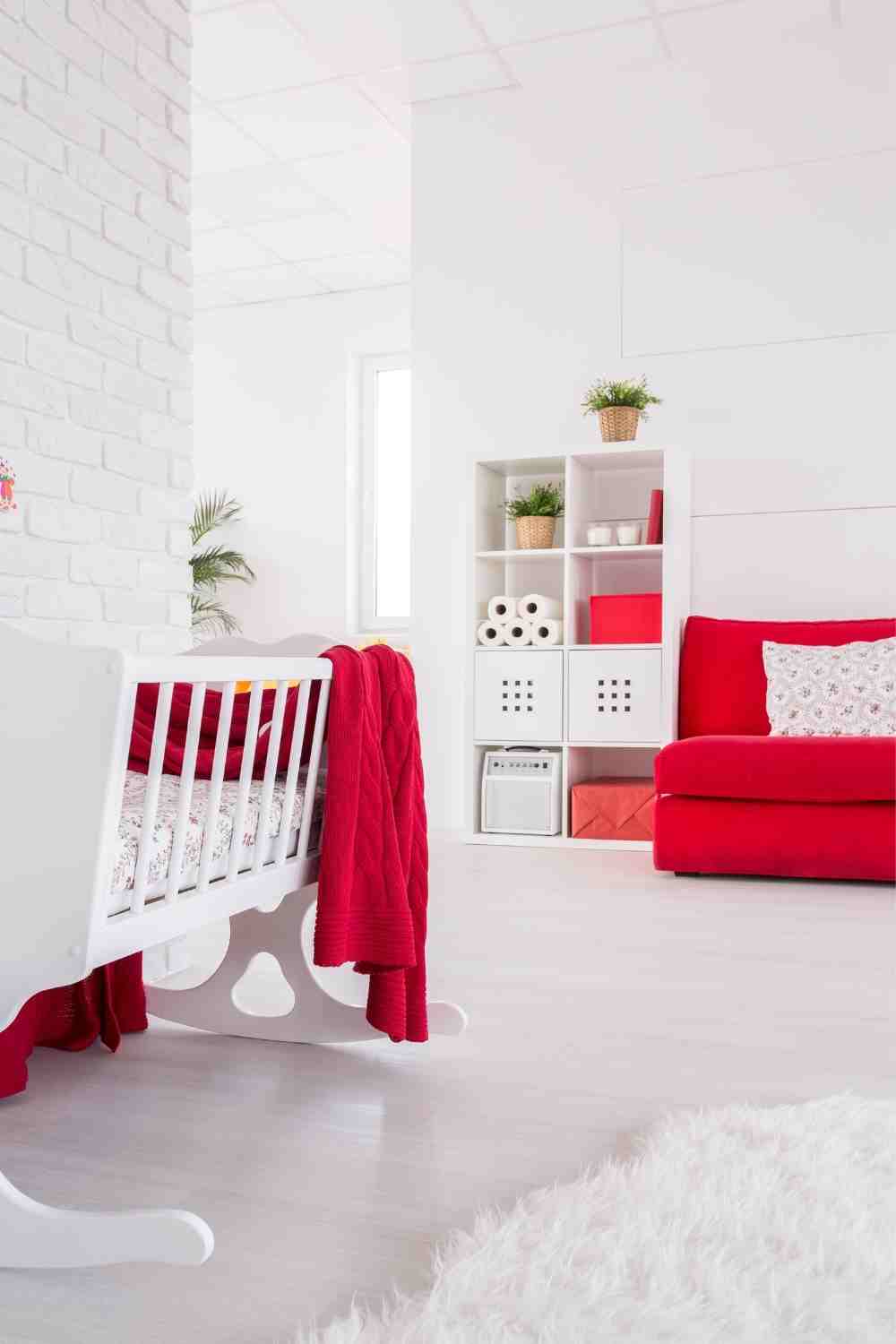Choosing the right colour code for your homes can be a tricky process. It tests your ability and skills in decorating your house. Not all of us share the same amount of proficiency to judge the suitable colours that will match the rooms and beautify our homes. Sometimes only after applying the coats, we realise that it has been a massive colour disaster. But till then the money is lost and we may not be able to revamp it again.
I am sure you do not wish to stay in a house which screams your inability to make a feisty choice. But that should not be an issue because we all need little help in certain matters where we find it difficult to make a decision. You shall be delighted to know that there are hacks to colour code your house. The colour scheme can be based on various objects and the interior decor of your place. Here we have come up with some easy hacks for you to make a wise and vibrant choice colour scheme for your home.
1. Hear what the furniture says
An effective way to choose the colour that will dominate your house is determined this way. Focus on one particular colour of the furniture. Match it up with the same colour or shades of a similar kind. Say for instance you have got brown wooden sofa sets, you can choose beige or light brown for the walls and the ceiling paints.
Contrasting can be a suitable option too. You can pick out the base colour of your home decor and contrast it with the nearest colour on the palette of shades. If contrasting is on your mind, then it is recommended that you seek professional advice in this matter. He will be able to guide you with the right shade suggestions.
Sometimes if you are trying a colour in the list book, it might appear as a great choice on cursory glances but they may not look that fabulous on your walls. So again, before you invest in the design or paint, make sure you ask for certain suggestions from the painter you will be hiring.
2. Choose from the largest pattern or go vertical.
Here's a little trick for you to get things done easily. Just look around and you will find that one colour is dominating your entire house. It can be purple or blue most likely. The wardrobe, cushions on the couch, pillow covers or books on the shelves, lampshades, etc. All the items might be telling you something. This is your time to notice the colour that predominates the house and get your homes synchronised in the similar shade.
Or you can simply refer to the colour wheel. It is the best way to contrast the shades without any help from others.
Another effective way of colour coding could be run vertically upwards. Let me explain to you the procedure. Start with the floor, and keep it darkest. Moving on to the walls paint them in medium hues followed by the ceiling which could be painted with the highest shade of the particular colour.
3. Tone down
You could be first focusing on the main locations inside your house, that is the living space and the dining room. Now pick out the largest furniture of the room and choose the colour accordingly. For example, if you have a dark green couch, tone it down to an olive green shade and use that colour for painting the rest of the room. Similarly, in the dining room, you can colour scheme the walls with the dinner table, if it is brown, choose the beige shade for your walls and ceiling. Preferably keep the floors greyish or white.
4. Take a hint from your clothes
A major help can come from the type of colour you use for your attire. That is probably the colour of your choice. So open your wardrobe and get a glimpse of your clothes inside. See the colour dominating the shelves and make your choice accordingly. If you have a habit of buying black dresses, that probably means you will fancy a wall with grey or neutral shades even white.
5. Cue of the sixty thirty ten rule
This is the traditional way to go about designing your walls, ceiling and floor. Have sixty per cent of dominant and dark shades which could cover the walls. Thirty per cent of secondary colour should be a part of the curtains, blinds and upholstery. Following these two keep the ten per cent neutral shades for accent colours. The accessories can share this shade.
You can also contrast the colour scheme with wallpaper and wall stickers. This will bring variation to a linear outlook and spread vibrancy and superior taste in terms of home decoration.



